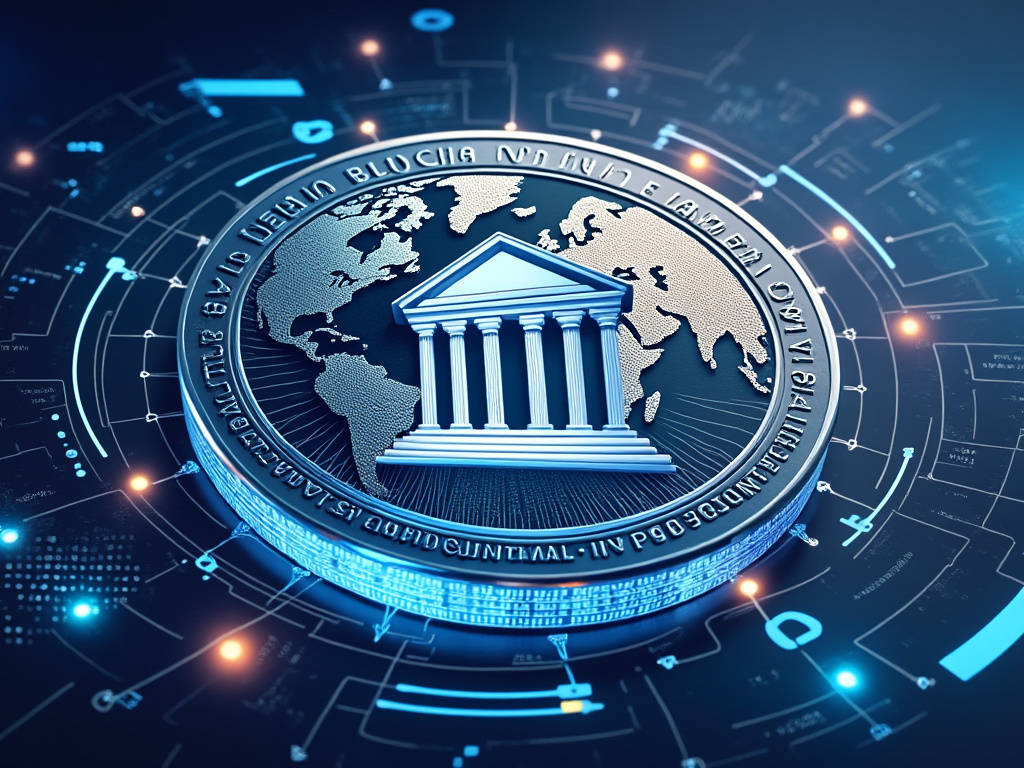Non-Fungible Tokens (NFTs) have revolutionized the digital landscape, allowing for unique digital ownership and creative expression. This article provides a technical overview of NFTs, explaining their standards (such as ERC-721 and ERC-1155), the role of smart contracts, the underlying blockchain technology, and security considerations.

1. Understanding NFT Standards: ERC-721 and ERC-1155
NFTs, unlike fungible tokens (like Bitcoin or Ethereum), are unique and indivisible. The most widely used standards for NFTs are ERC-721 and ERC-1155:
- ERC-721: This is the first standard for representing non-fungible digital assets on the Ethereum blockchain. Each token is unique and has a distinct value, which is ideal for items like digital art, collectibles, and other digital assets that require individuality.
- ERC-1155: This is a more advanced and versatile standard that supports both fungible and non-fungible tokens within a single contract. It provides enhanced functionality, such as batch transfers and more efficient storage, making it ideal for gaming items and complex assets.
By understanding these standards, developers can better choose the right type of token standard for their specific needs.
2. How Smart Contracts Power NFTs
Smart contracts are self-executing contracts with the terms directly written into code. They are fundamental to the operation of NFTs because they:
- Facilitate Transactions: Smart contracts automate the transfer of ownership and manage the distribution of royalties to creators whenever the NFT is sold.
- Ensure Authenticity and Provenance: Smart contracts help verify the authenticity of an NFT, as every transaction is recorded on the blockchain, providing a clear and immutable history of ownership.
- Enable Programmability: Beyond simple ownership transfer, smart contracts can be programmed for various functionalities, such as setting up time-based releases, embedding dynamic content, or linking to other assets.
Smart contracts make NFTs more than just digital files—they become programmable assets that can interact with other blockchain applications.
3. The Role of Blockchain Technology in NFTs
The blockchain is the backbone of NFTs, providing a decentralized, secure ledger that tracks the ownership and transfer of digital assets. Different blockchains offer unique features:
- Ethereum: The pioneer and most popular blockchain for NFTs, thanks to its first-mover advantage and robust developer community. It supports both ERC-721 and ERC-1155 standards.
- Solana: Known for its high throughput and low transaction fees, Solana is becoming a popular choice for NFTs, particularly for applications that require quick, cost-effective transactions.
- Polygon: A Layer 2 solution for Ethereum that offers faster transactions and lower fees while being compatible with Ethereum’s security and existing infrastructure. It’s ideal for projects looking to scale on Ethereum without the associated high costs.
Each blockchain offers different advantages, and understanding these can help artists, developers, and investors choose the right platform for their NFT needs.
4. Security Concerns and Best Practices for NFTs
While NFTs offer exciting new possibilities, they are not without risks. Common security concerns include:
- Smart Contract Vulnerabilities: Poorly written smart contracts can be exploited, leading to losses. Regular audits and using established contract standards can mitigate these risks.
- Phishing and Scams: Fake marketplaces and social engineering attacks are prevalent. Always verify the authenticity of platforms and transactions.
- Wallet Security: Using secure wallets with two-factor authentication (2FA) and hardware wallets can protect against unauthorized access.
- Protecting Intellectual Property: Ensuring that NFTs do not infringe on copyrighted materials or that they are not duplicated without permission is crucial.
By following best practices, users can minimize risks and protect their assets in the ever-evolving digital marketplace.
5. NFTBOOKS: A Pioneering Use Case in the NFT Space
An ideal example of NFTs in action is NFTBOOKS, a revolutionary platform utilizing NFT technology to transform the publishing industry. NFTBOOKS leverages NFT standards such as ERC-721 to tokenize books. This enables authors to maintain copyright control and secure perpetual royalty income from secondary sales. Through smart contracts, NFTBOOKS ensures that each transaction is transparent, automated, and recorded immutably on the blockchain. This approach protects intellectual property and opens up new revenue streams for authors and readers alike. Books can be rented, traded, and resold securely. By combining NFT technology with the power of blockchain, NFTBOOKS exemplifies how digital assets can innovate traditional industries. It provides a decentralized and efficient solution for both creators and consumers.
You might be interested in reading this Understanding Blockchain Explorers: A Simple Guide as well.
Key Takeaways
NFT technology and standards have paved the way for a new era of digital ownership, but understanding their underlying principles is crucial for maximizing their potential. From the choice of token standards (ERC-721, ERC-1155) to the role of smart contracts and blockchain technology, each aspect contributes to the unique attributes of NFTs. By addressing security concerns and following best practices, creators, developers, and investors can safely navigate the dynamic landscape of NFTs. NFTBOOKS serves as a prime example of how these technologies can be effectively implemented to disrupt and innovate existing markets, particularly in digital publishing.







